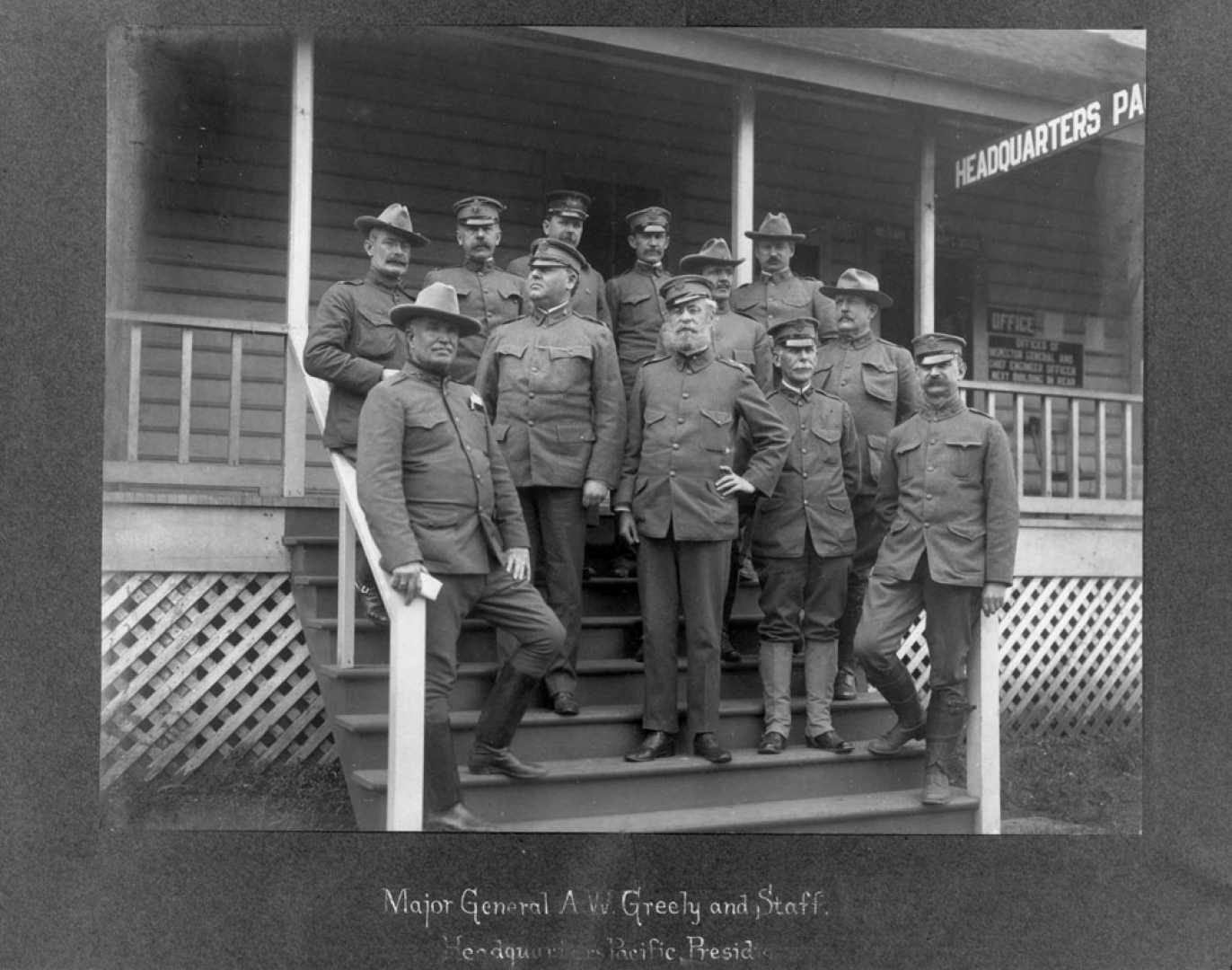Health
Study Reveals How Quakes Could Disrupt Health Care in Bay Area

BERKELEY, Calif. — Researchers at UC Berkeley, New York University, the World Bank Group, and Stanford University have simulated a major earthquake’s impact on health care access in the San Francisco Bay Area. Their study, published in Nature Communications, emphasizes how such disasters can significantly disrupt medical services in densely populated regions.
The researchers modeled a M7.25 earthquake on the Hayward Fault. They found that hospital bed capacity across the region could drop to 51%, with Alameda County facing a dramatic reduction to only 20% of its beds, representing just 651 out of 3,221 functional beds.
According to Luis Ceferino, the study’s lead author and an assistant professor at UC Berkeley, “Our hope is that this new approach will shed light on how failures can propagate across urban systems, so that we can more effectively prioritize mitigation efforts and guide policy changes.”
The analysis looked at 76 hospitals, 426 buildings with 16,639 beds, and 5,163 bridges to examine how simultaneous failures could affect emergency health care access. Transportation issues could add to the crisis, increasing regional travel times to hospitals by 177%, from 6.1 minutes before the earthquake to 16.9 minutes afterward; in some East Bay areas, this increase could exceed 1,000%.
Ceferino noted that failures at one facility could overwhelm nearby hospitals and worsen patient outcomes. Collapsed bridges and road hazards could isolate hospitals, cutting off access for communities.
“For effective resilience planning across large metropolitan areas, we need region-wide models grounded in real exposure data that capture these operational interdependencies between health care and transportation,” he said.
The findings are particularly critical for Alameda County, which has a population of 1.6 million residents and is near the active Hayward Fault. The region faces significant transportation challenges, retaining only 282 functional bridges out of 642.
In Novato, a city in Marin County, travel times increased drastically from 7.3 to 185.5 minutes when both transportation and hospital infrastructure disruptions occurred. In contrast, travel time increased by only 14.1 minutes when considering hospital issues alone.
Ceferino concluded, “Most important, our findings underscore the need for a system-level approach to infrastructure resilience planning—one that prioritizes interdependencies and regional importance rather than treating assets in isolation.”












